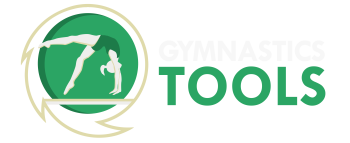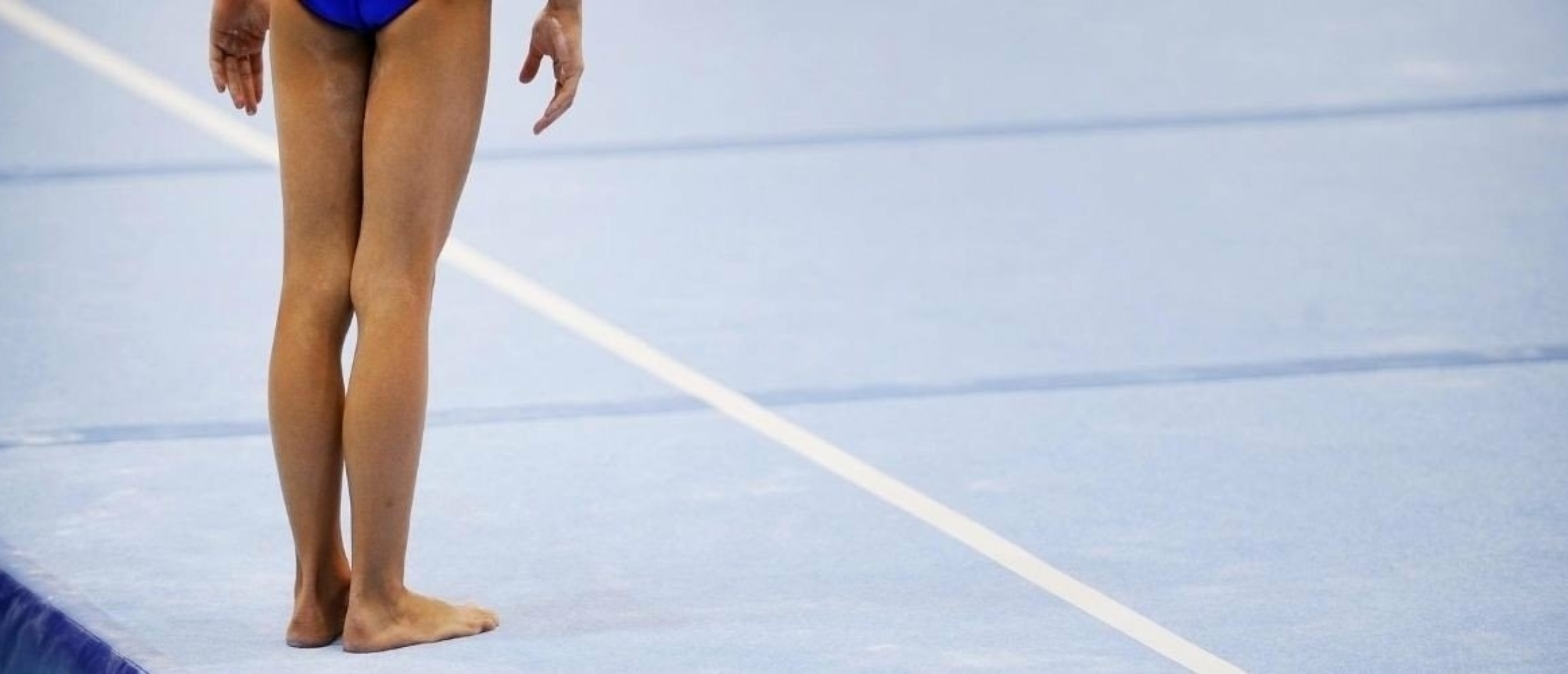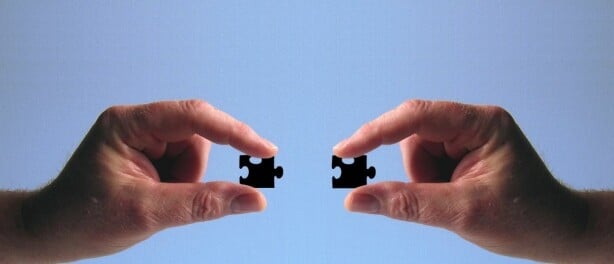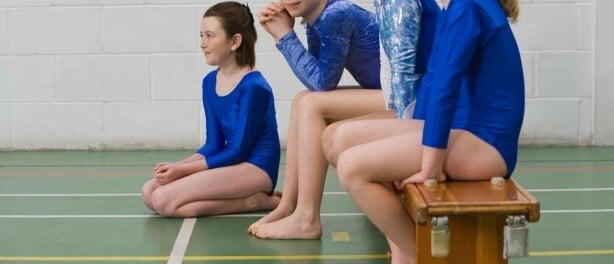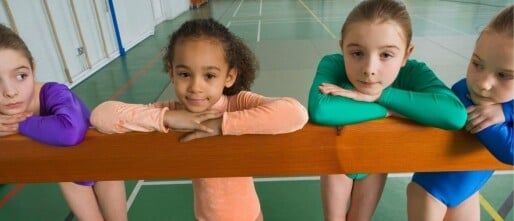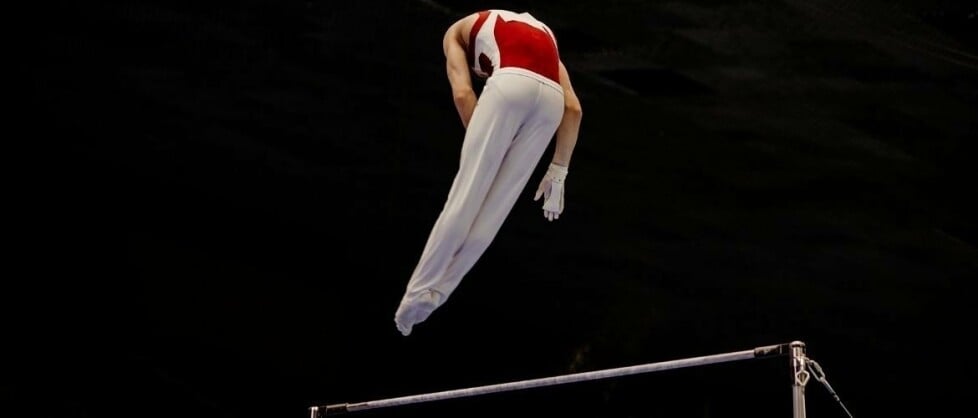Hi everyone! My name is Robine. In this blog I will tell you all about the floor exercise in gymnastics. What does a floor look like, what exercises are there for the floor and what is involved in making a floor exercise? And what's involved in making a floor exercise? Read on and learn all about it!
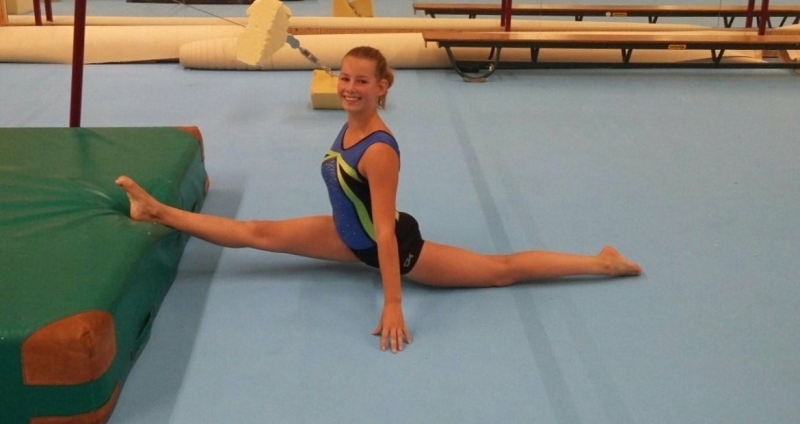
Floor exercise
The floor is that big square mat with springs under it. The floor is 12 by 12 metres and the edges are marked with white lines. If you step outside these lines with your hands or feet you get a deduction. At lower levels or during recreation a long mat is used. This does not spring like the floor for the higher levels. And it is not as big as the floor. The long mat is six or 10 metres long. These gymnasts also sometimes have no music. Both the men's and women's gymnastics competitions take place on the floor.
Gymnasts dance to the music and make turns and somersaults. The music a gymnast uses may not contain any lyrics. Gymnasts do not have music and do not make pirouettes like the ladies. They do perform acrobatic series, handstands and splits. The floor exercise may not be longer than 1 minute and 30 seconds. If your exercise is longer than this, you will receive a deduction.
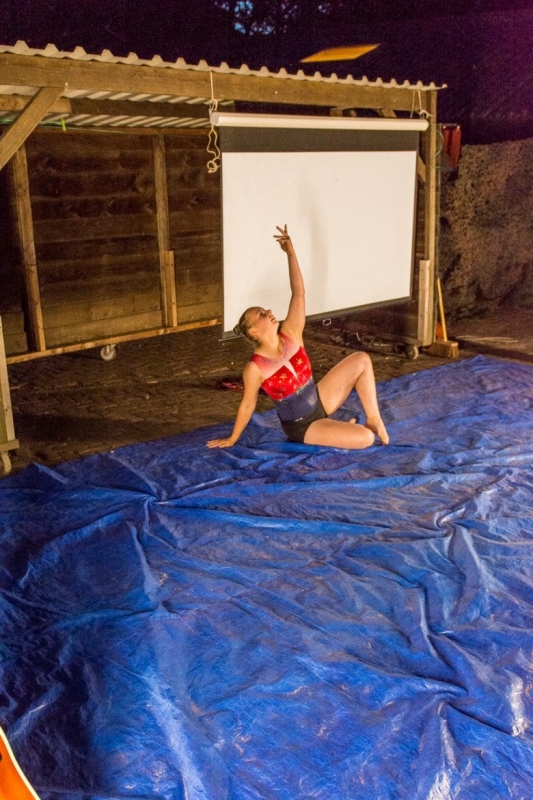
Compulsory exercise material and free exercise material
You have the compulsory exercise material and the free exercise material. The compulsory exercise material is for gymnasts aged 11 years and younger. In some age categories there is a long cushioning mat in the diagonal of the floor. This is to ensure a softer move and landing during the acrobatic series. This is only for the younger gymnasts. The older girls do not have this long cushioning mat. There is a standard exercise per level and age category. The elements can differ. There are the standard elements. You don't get extra points for these elements. You can also do a so-called plus element. This is a more difficult element than the standard element. You will get extra points for this.
You can also do a minus gymnastics. This is an easier element. You will receive fewer points for this element. For example, the standard element is Arabian flikflak somersault. The minus is arabian flikflak and the plus is arabian flikflak somersault.
With the free exercise material it is a bit different. The gymnast has her own exercise and can decide which elements she will use in the exercise. However, there are requirements per level and if you perform these you will receive extra points.
The free exercise material is for gymnasts of 12 years and older. You have your own floor exercise and therefore also your own music. At the different levels and age categories there are certain requirements that you have to perform. There are no standard elements like in the compulsory exercises and there are minus and plus elements. You can make your own exercise. Usually these exercises have 2 or 3 acrobatic series and then in between gymnastic elements.
How to make your own floor exercise.
Of course, you can copy an existing exercise from someone else, but you can also come up with an exercise of your own. If you want to think up your own exercise, you need a music. This music can be a music that has already been cut as floor music. You can also cut your own floor music. First find a song without lyrics and cut it to a length of 1 minute 30 seconds. It may be that you like the beginning of the song and the end of the song. Cut and paste the beginning and end of the song so that you like the music best.
When you have the music, then you go on to think about what you want in your exercise. First you think about the series you want to do and the gymnastic elements. This can also change later on. This is not a problem, you can always adjust your exercise then. Try to think of the music where you want your series to go and spread it out a little. Of course it is not the intention that you do everything in a row but that there is also some choreography in between.
Starting position of your floor exercise
Then think of an initial pose. When you have a nice starting pose, put on the music and think of your steps. For inspiration you can watch floor exercises on youtube. You can find some nice steps and use them in your own exercise. It is also important that you try a number of steps to the music. Your floor exercise must also include a ground piece. This is choreography when you lie or sit on the floor and make some steps there. So don't only think of standing steps, but also a roll or sitting/lying for example.
When you have completed your exercise, show it to your trainer so that she/he can see if there are any adjustments that need to be made. When you have finished the whole exercise, and your trainer has looked at it to see if any changes need to be made, film it completely.
It is not a problem if you sometimes forget something about your exercise, nor is it a problem if you make some adjustments to your exercise later on. It is your exercise and you must feel comfortable with it. Try to repeat your exercise often, so that it becomes your own and you do not forget it. You can also do this if you have taken over an exercise from someone else. Ultimately, the idea is that you feel good about the exercise and can enjoy doing it. Also try to make the movements in your exercise large and complete. In this way, your exercise will look better and you will get less artistic deductions from the judges.
Finally
If you forget an exercise during the competition, try to improvise. If you stop your exercise and don't continue because you forgot, the jury will see this and you will get a deduction. Also, if you add another step because you are too early on the music, it won't hurt. The jury doesn't know how your exercise goes. So if you just go on and act like you are supposed to, the jury will not notice and you will not get a deduction.
I hope you have learned something about the floor and that you can take some tips from this blog for coming up with an exercise.
Workshop choreography
Gymnastics Tools offers the choreography masterclasses at various locations in the Netherlands. During the interactive workshop we discuss the foundations and the build-up to a full floor exercise.
